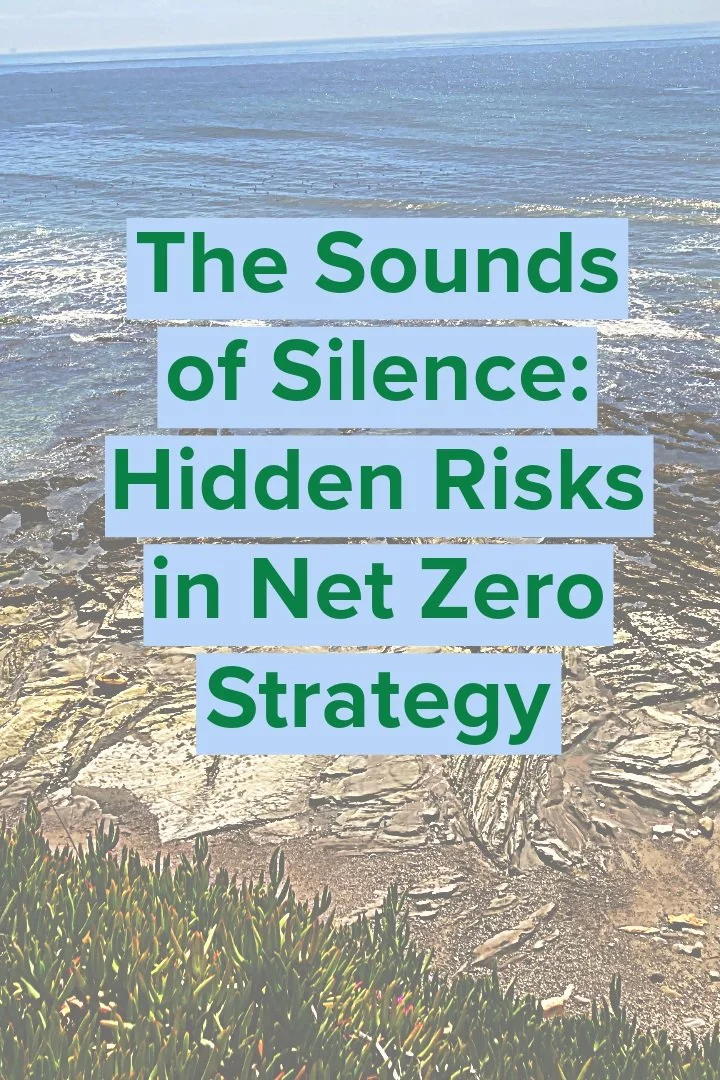The Hidden Risk in Net-Zero Strategy: Silence
Carbon removal is no longer an experimental concept—it’s a fast-evolving set of technologies and approaches being adopted across industries to meet climate goals. From direct air capture (DAC) to biochar, enhanced weathering, and carbon-storing materials, industrial companies are beginning to invest in solutions that permanently remove CO₂ from the atmosphere. These investments often show up in Scope 3 strategies, sustainability reports, or product innovation roadmaps.
But even the most advanced carbon removal initiative can fall flat—or face skepticism—without strategic communication. One critical piece often gets overlooked: how to talk about it.
Whether it’s a product rollout, a community partnership, or an investor briefing, how you communicate your climate strategy can shape how it’s perceived—and whether it lands at all.
Silence isn’t neutral. When messaging is missing, delayed, or overly technical, your story risks being misunderstood or filled in by others. And in a space as complex and high-stakes as the net-zero transition, that’s a risk most companies can’t afford.
The Cost of Undersharing
When companies stay quiet—or only speak in engineering terms—they miss the chance to build understanding and momentum. Silence can feel like opacity to communities, uncertainty to partners, or hesitation to investors.
Silence vs. Spin: Why Clarity Wins
This isn’t about greenwashing or grandstanding. Effective communication builds relationships through transparency, relevance, and context. People want to understand your commitments, not be sold on them.
Where It Shows Up
Scope 3 disclosures that are technically correct but strategically disconnected
Carbon removal projects introduced without local engagement
ESG reports that bury strong progress in passive language
Investor or partner decks that omit the "why"
What to Do Instead
Thought Leadership: Treat communication as a leadership function, not a final step
Storytelling: Bring your story forward early—especially when plans are still taking shape
Content Strategy: Use messaging frameworks that translate technical plans into stakeholder relevance
Why I Care
You don’t need to shout. But you can’t afford to stay silent.
I’m not a scientist or a policymaker—I’m a communicator. But I’ve spent years working with engineers, climate experts, and industrial firms to translate complexity into clarity. I’m also a Climate Steward through UC Davis, trained in how to engage across disciplines and communities on urgent environmental challenges.
My background spans infrastructure, energy, environmental services, and sustainable development. What I bring is not just messaging—but the ability to shape understanding, bridge trust gaps, and bring human relevance to climate action.
If you're doing the work, people should understand why it matters.
As carbon removal moves from theory to industry, the need to communicate with credibility, transparency, and vision is critical. I help climate-aligned companies translate technical carbon strategies into powerful stories that attract capital, earn trust, and drive adoption.—let’s talk.

